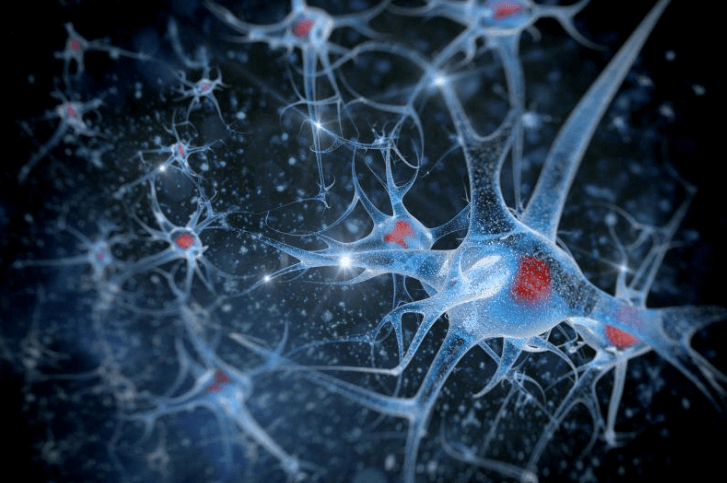Researchers over at the University of Amsterdam (UvA) have recently discovered a new type of neuron and have subsequently nicknamed it the “neighborhood cell”. It plays a vital role in larger scale navigation and is called this as it has the ability to differentiate between the different areas of an environment.
The cell works alongside hippocampal place cells and using an analogy from the study: if an individual is trying to get from her house to a remote location somewhere else, the perirhinal cortex neurons deal with navigating through streets and neighborhoods, while the hippocampal place cells are only required when she needs to carry out a precise instruction such as gauging “which houses she will pass in succession.”
During the study, the neural activity of four separate areas of a rat’s brain was monitored. These were: the perirhinal cortex, hippocampus, and two sensory areas. The results from the study showed that while the activity of the hippocampal place cells depended on what area of the maze the rat was in, activity was certainly more sustained in the perirhinal cortex.
Although the study was carried out on rats, not humans, it could still help researchers understand how we navigate our environment in general and perhaps give insight as to why this process is sometimes impaired. “The lack of this capacity is one of the hallmarks of Alzheimer’s disease”, stated the study. With this disease affecting as many as 5.5 million people in the U.S. alone being able to develop treatment strategies would be a big step forward towards stalling or curing this debilitating disease.
More News to Read
- The Onslaught of AI and its Integration in the Media
- Quantum Machine Learning Computer Hybrids at the Center of New Start-Ups
- Cyber Infiltration into U. S. Election System Goes Further Than Thought Before
- What Would Planet Earth be Like in a Black Hole?
- Neural Networks are Now Being Used to Represent Quantum Systems











